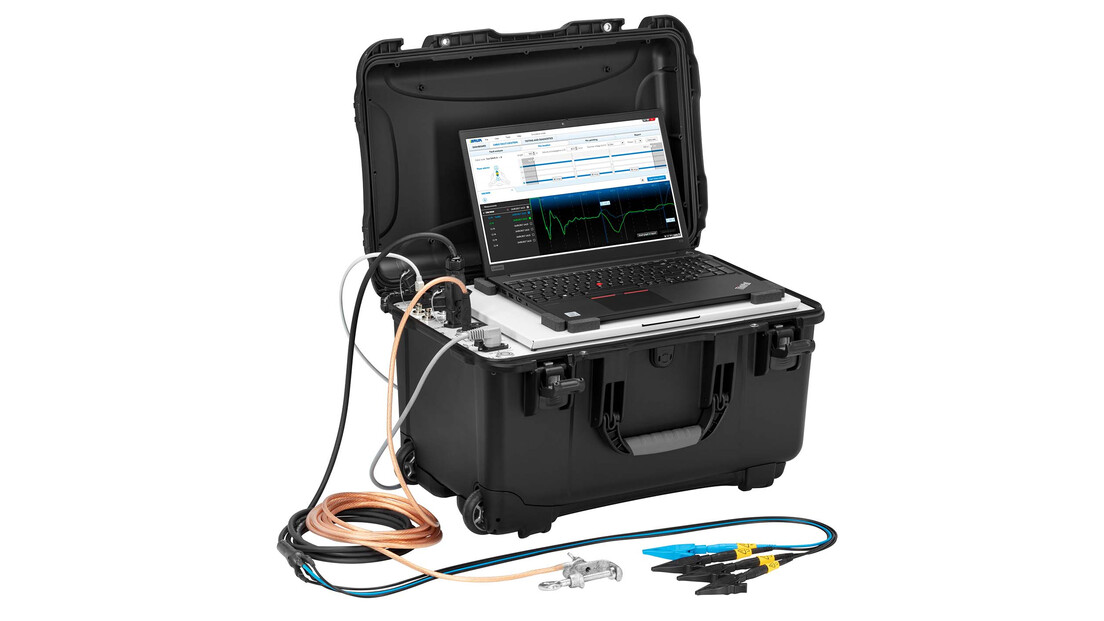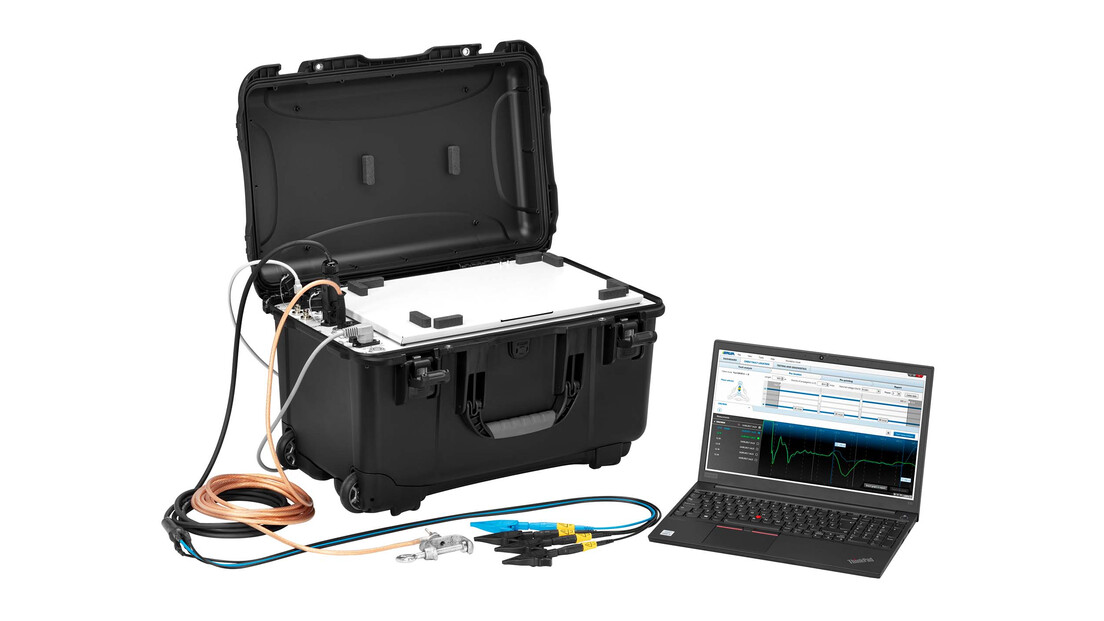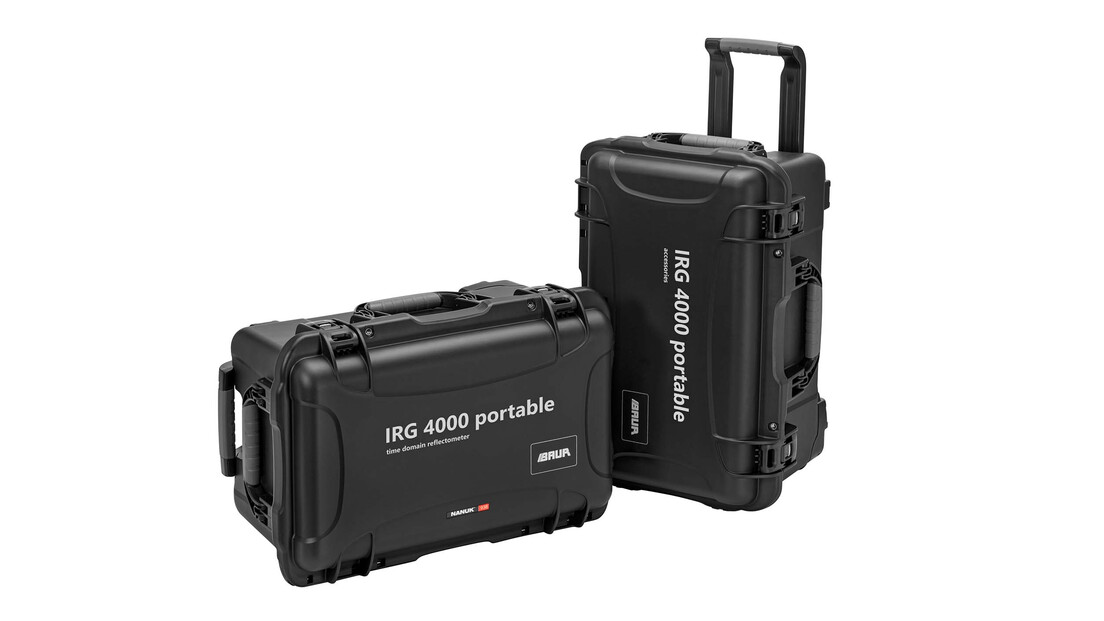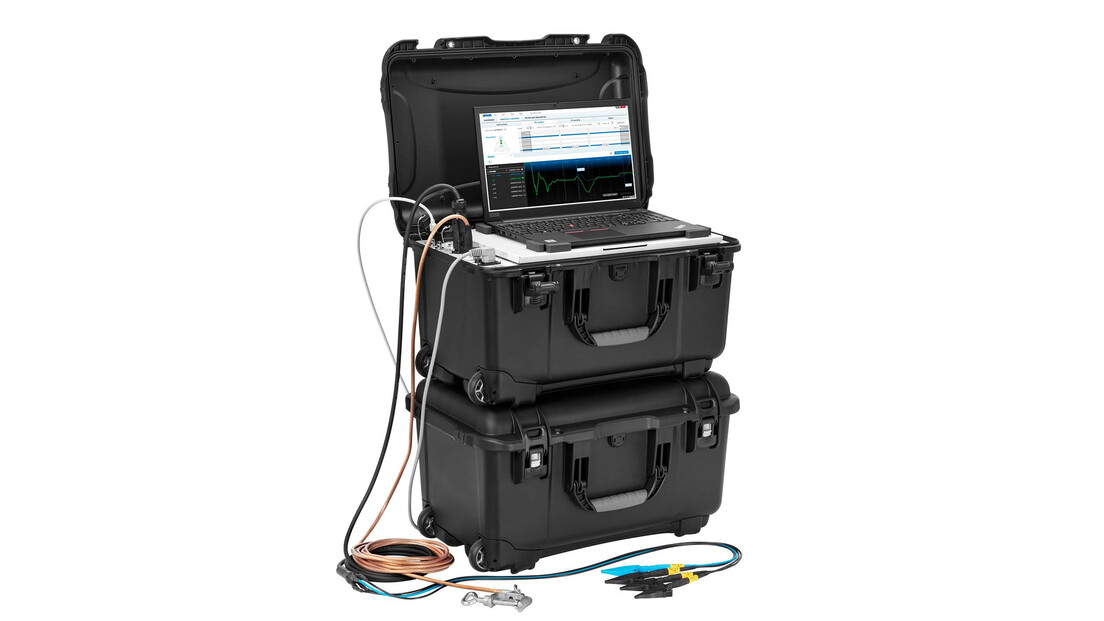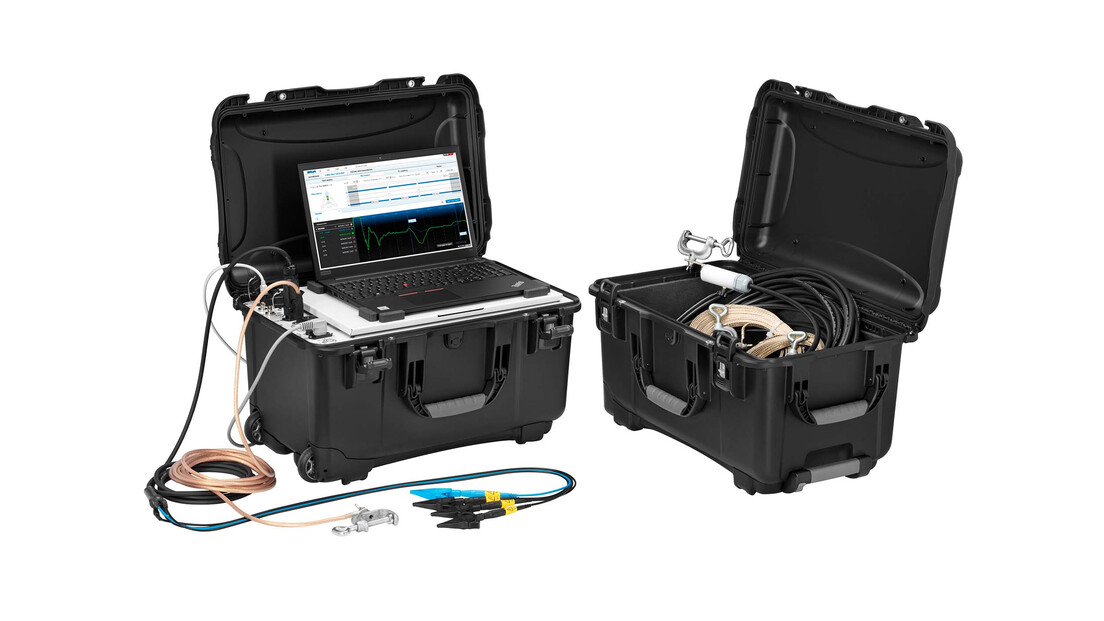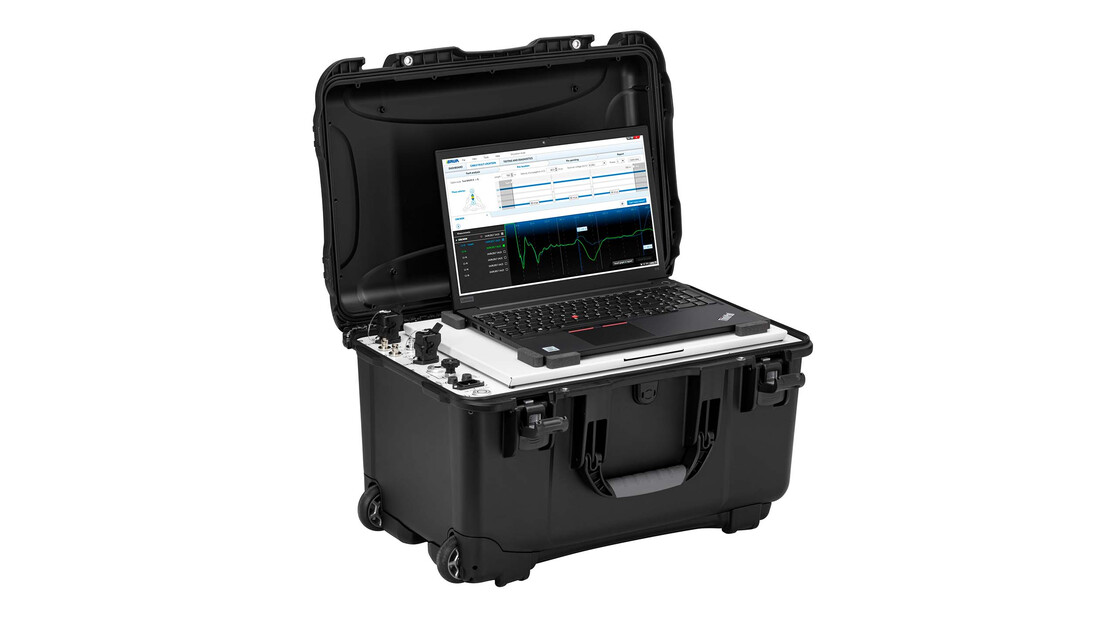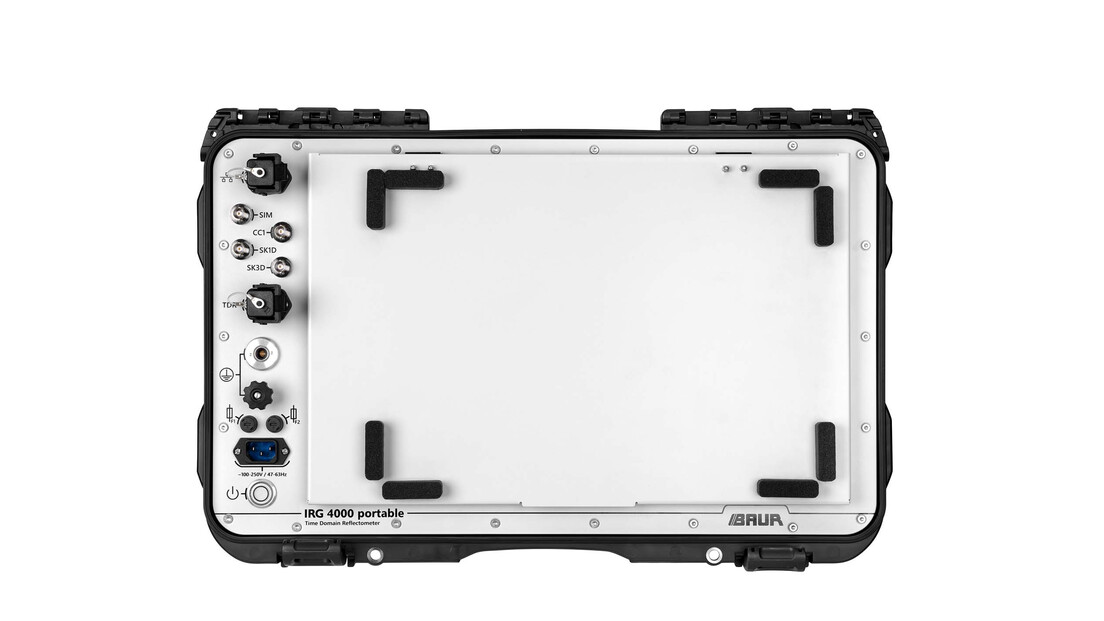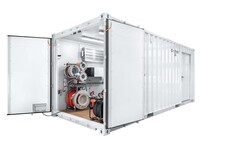IRG 4000 portable
Time domain reflectometer
Forward-looking. Safe. Flexible.
The IRG 4000 portable time domain reflectometer is used in combination with the system software for locating cable faults in single- and three-phase cable systems. Thanks to the novel operational concept, cable faults can be located more rapidly and easily on the go with the integrated IRG 4000 portable. Fingerprint generation allows work to be performed strategically with optimum data management.
Safe working at every place of use. The remote control function of the IRG 4000 portable allows the operator to leave the high-voltage area during the measurement process. Thanks to the new portable solution, fault location tasks can be performed even more flexibly, making the IRG 4000 portable the ideal partner for fast cable fault location on long cables – both on land and under water.
IRG 4000 portable – the advantages
BAUR XL-CFL cable fault location for long submarine & underground cables
The demand for power is constantly growing, and so too is the length of the cables used. We are becoming increasingly dependent on renewable energy, more and more of which is being generated offshore. Long power cables are becoming indispensable – both on land and under water. Classed as critical infrastructure, these cables are becoming increasingly important.
Why critical?
Long submarine and underground cables are indispensable and robust, but sadly not indestructible. Find out in the video what dangers they are exposed to and why preparation is absolutely essential when it comes to XL cable fault location.
Suitable for every place of use
IRG 4000: As a portable device or integrated in a system
Product information
Literature
Press
December 2021

Remaining life time of medium-voltage cables
New possibilities for advanced dissipation factor diagnostics
Many outdated, contradictory, or incorrect perceptions about dissipation factor diagnostics and the associated condition analysis of medium-voltage cables prevail.
September 2020

Fault location on long power cables
Findings and experience concerning the use of submarine cables for long land connections
In a few years’ time, high-voltage cables hundreds of kilometres long and extending from one end of Germany to another will become part of the country’s critical infrastructure. Maximising the availability of these cables is crucial, so any faults need to be located swiftly and reliably and the cables repaired with minimum delay. This goes beyond the capability of conventional fault location technology but, fortunately, special solutions are available for extra-long cables based on technology partly derived from a field in which long cables are commonplace: submarine cables.
Paper
Cable fault location

CIGRE
Fault Location on Long Submarine Power Cables
The paper summarizes the main fault location techniques that can be used for cable fault location in long submarine cables depending on the various types of faults. It is shown that advanced instruments, detecting techniques and skilled crew are required in order that the detection can be effective in the various cable fault conditions. Measurements performed in field shows that a fault location system especially designed for very long cables can detect faults with a good error accuracy helping in this way to reduce the outage time for repair activities. The hazards for operators and instruments connected to the huge amount of electrical energy that may be stored in very long links are also tackled in the paper (source: © CIGRE 2014).
